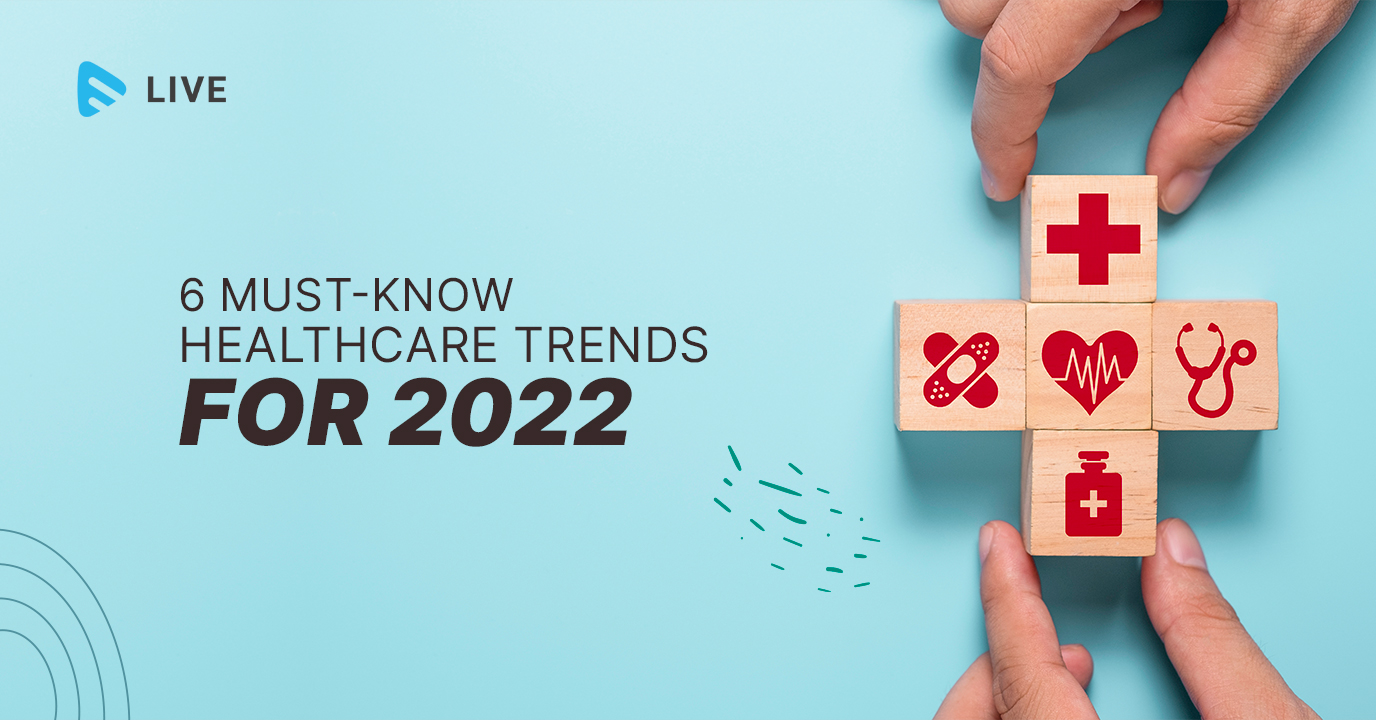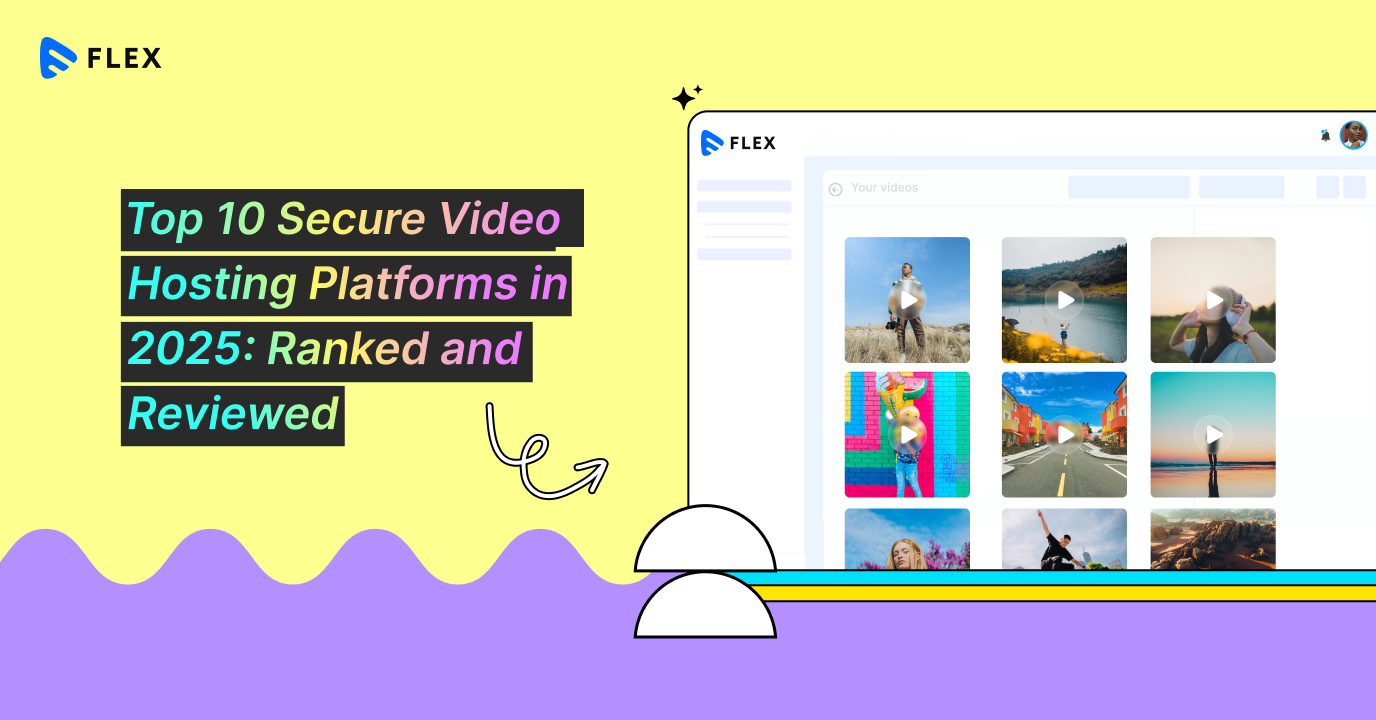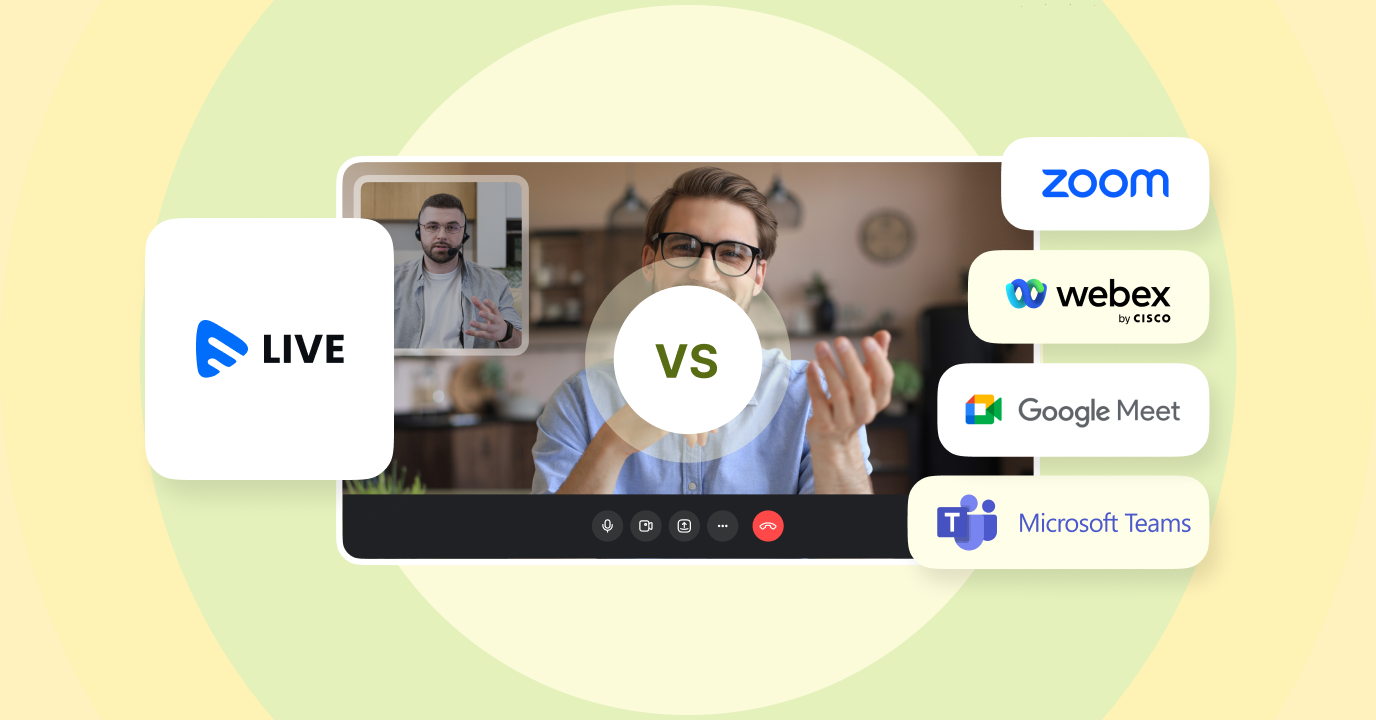Are you excited to know what’s next in the healthcare industry? Let’s navigate to some of the healthcare trends of 2022. The COVID-19 pandemic has taken maximum attention in the healthcare industry. Since then, the medical sector has taken center stage in everybody’s life, and the whole world has been singularly focusing on one segment of the economy. Ultrasounds eventually changed from being delivered via technician to a live stream of the appointment. And now, we are in a technologically advanced world, where early consultations are done over a video call.
However, the doubts that many individuals have about the medical field aren’t without alternatives. The past few years proved the potential for technology to overcome the obstacles we continue to face, and for this reason, we will be defining characteristics of healthcare’s transformation in 2022.

6 Healthcare trends for 2022
Clear Patient & Doctor Communication
The pandemic has revealed how essential it is for medical professionals to offer complete transparency to their patients. Twenty years ago, people would have to dig online they weren’t getting from their doctors. They will also look for a new healthcare service provider if they feel that their needs aren’t being met.
For these reasons, doctors and patients should have transparent two-way communication. The healthcare industry has traveled a long way in achieving public trust. Still, transparent two-way communication can further strengthen doctor-patient relationships and faith for the rest of their life.
Patient online portals with admission to medical records, ongoing prescriptions from physicians, and patient education classes can help empower the people.
Several businesses are broadcasting online classes to reach a more extensive audience base and help maintain social distancing. Healthcare organizations can make numerous live and on-demand streams to help patients take care of themselves in case of minor health deficiencies. Because of these online courses, patients grow a strong relationship with the clinic.
Telehealth and virtual services
One most acceptable method to enhance communication between doctors and patients is to improve accessibility for both parties. Telehealth facilities can remotely diagnose and treat patients and you can also appoint through telehealth facilities. Telehealth has revolutionized the healthcare industry and proved as a standard and cost-effective option for going to the hospital or medical facility in 2022. Telehealth is not just limited to remote diagnosis and minor healthcare remedies. Today, addiction treatment, therapy, and plastic surgery have shifted to virtual visits wherever feasible.
As a maximum number of insurers and patients choose virtual visits, telehealth will continue to thrive. The convenience of virtual appointments and consultations is unmatched. Beyond that, online live video streaming brings skilled doctors to rural areas with stable internet connectivity.
Internet of Medical Things (IoMT) and Smart wearable devices
Healthcare IoT is a vast category with numerous overlapping each other throughout the list. All equipment, from camera-aided surgical instruments and smart monitors to non-surgical robotics and digital kiosks, comes under the Internet of Medical Things category.
In the hospital, meal deliveries, disinfection routines, and specimen transportation will all eventually be delegated to these intelligent machines. About sixty percent of the healthcare organizations have already implemented healthcare IoT. It is beneficial for healthcare industries, such as cost-saving, greater visibility, and enhanced customer experience. IoMT has surpassed the hospital doors and is no more limited to medical facilities. Wearable devices have revolutionized space. Devices frequently discussed in resperate reviews, such as portable blood pressure monitors, have made health monitoring accessible. In the future, the wearable will enable sharing of real-time health metrics such as blood pressure, temperature, heart rate, sleep cycles, respiration rate, and many more. Whether the wearable is in the form of a bracelet or headband, it puts us without medical degrees in charge of our health. It also helps doctors get a more comprehensive view of what’s happening outside the clinic.
Remote patient monitoring
The above discussed smart wearable devices fall in the Business-to-consumer (B2C) category, and remote patient monitoring equipment is also used within the medical facility. Child Health Imprints, for example, built video into a cloud-hosted medical facility. iNICU system assimilates real-time data from the incongruent biomedical devices used to monitor preterm infants – including ventilators, monitors, and blood gas analyzers. Along with reducing time-to-treatment and boosting the quality of care, the product facilitates remote monitoring of neonates in rural regions.
Similarly, another remote patient technology – Angle Eye Health, permits families to watch their newborn baby while being cared for in the neonatal intensive care unit (NICU). 24/7 cloud live video device gives new parents flexibility to observe and communicate with their infants outside the hospital.
COVID 19 has made remote patient monitoring one of the major solutions that deliver plenty of advantages. Physical proximity is no longer a barrier to healthcare, and remote tracking also keeps vulnerable people away from the contaminated surroundings of the hospital and digitally mobilizes medical sources.
Public Health Surveillance and Smart Ecosystems
From innovative hospitals to smart urban cities, 5G and video streaming go hand-in-hand to create intelligent ecosystems equipped with real-time surveillance technology. Surveillance is one of the essential elements of a medical facility. Thermal cameras pointed at entryways detect high body temperature, and a live video feed allows doctors to monitor patients from the nurses’ station.
Artificial intelligence and machine learning technologies with video surveillance will bring out expanded use cases. Innovative surveillance solutions are also used to find unusual behavior such as patient falls. The interactive video integration would allow nurses to respond to patients with higher perseverance.
Medical Supply chains in the digital world
Taxed Personal protective equipment (PPE) and pharmaceutical resources have brought fragility to the medical supply chains in 2020. It all began when price swindlers bought N95 and a hand sanitizer in large quantities to resell them for a profit.
Manufacturers and suppliers consider digital transformation a valuable option to deal with scammers. While earlier, they looked at technologies as a method of efficiency, but now felt a technique to increase resiliency in disruptive times.
Camera, Sensors, and IoT ecosystems will shape the supply chains in the future, and streaming-enabled drones will scan stock to help dynamic pricing. At the same time, independent trucks will aid in distributing the goods.
Healthcare powered by streaming services – Gives a Bright Future
Over the past decade, doctors and other medical experts have been the strongest pillar of the healthcare industry, and without them, the pandemic would be scary and dangerous. However, the addition of technology to the healthcare industry can make their lives easier and give us an advanced healthcare system.
So, virtual doctor appointments, remote patient monitoring, and the application of healthcare robots are essential to restructure the healthcare system progressively. If you are trying to reshape the future of your medical facility, Muvi Live offers a secure, reliable, and low latency streaming solution according to the requirements of the medical industry. Interactive videos are changing the medium of communication in the healthcare industry, and Muvi’s streaming solution is a driving force. Start a 14-days free trial to find out how it can technologically support the healthcare industry and give a new way towards a bright future.
















Add your comment